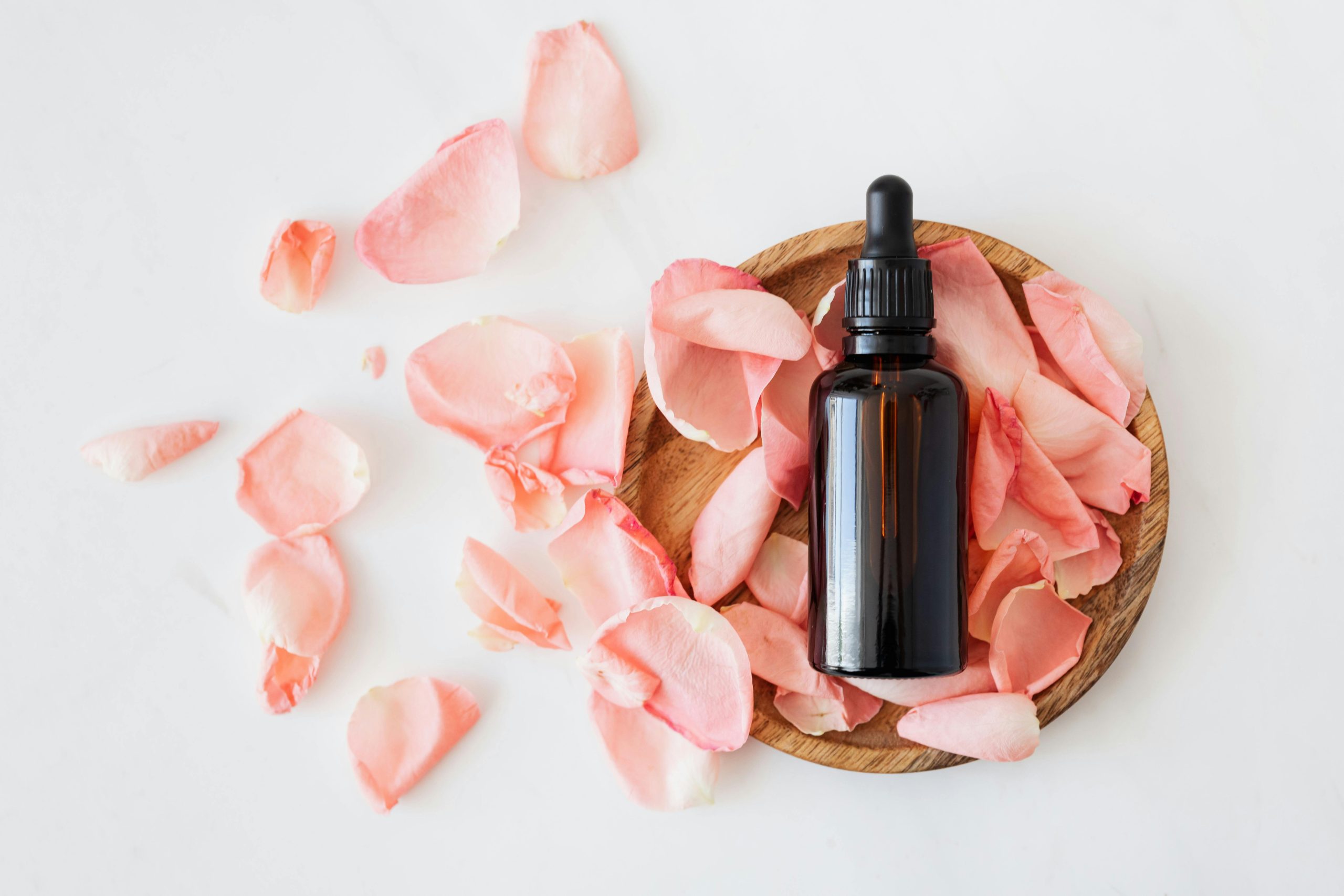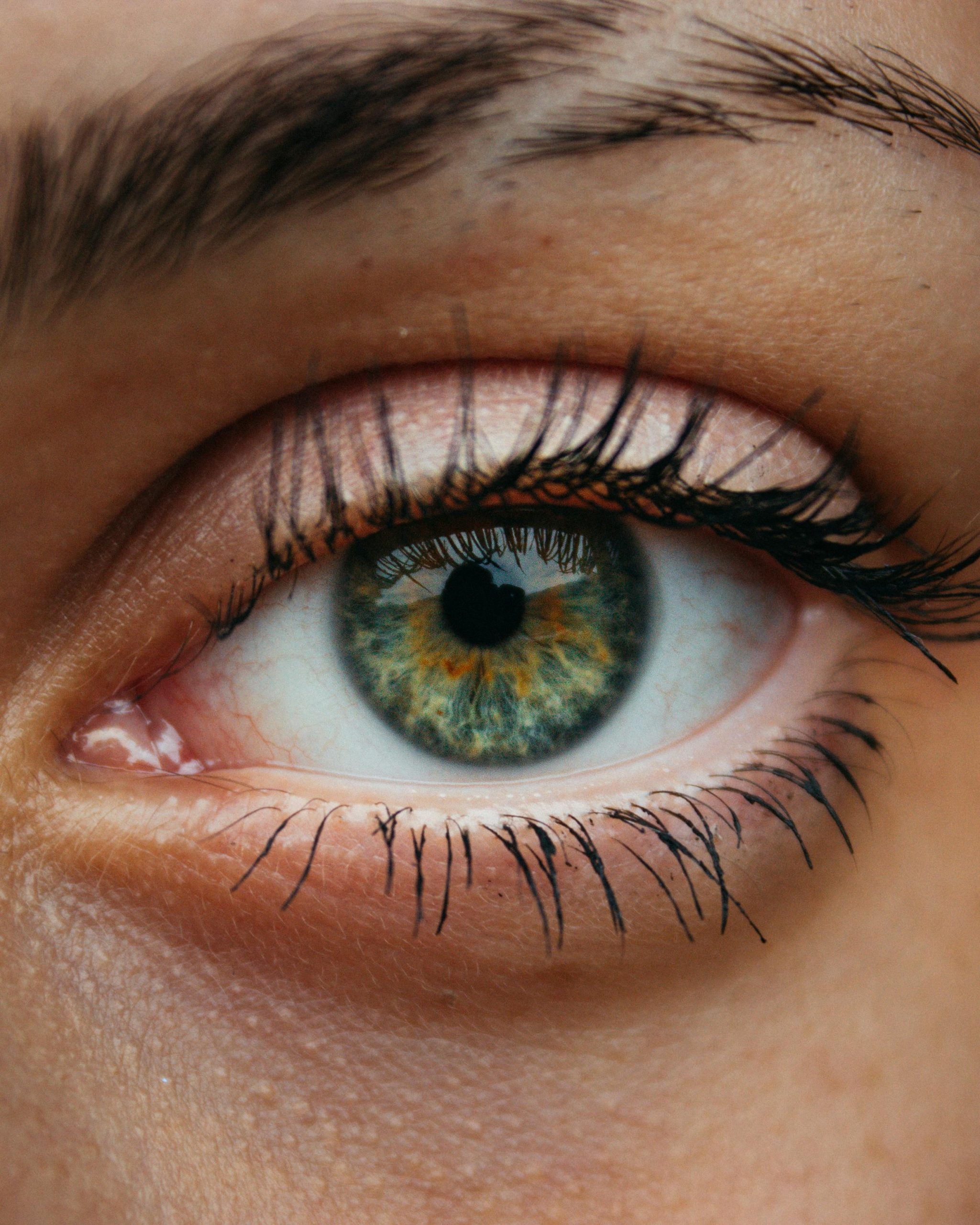Managing oily skin can feel like a constant battle, from midday shine to unexpected breakouts. But with the right approach, a Skincare routine for oily skin can transform your complexion, keeping it balanced, fresh, and radiant. This complete guide provides everything you need to know to care for oily skin, prevent acne naturally, and maintain a healthy glow without over-drying your face.
Understanding Oily Skin
What Causes Oily Skin?
Oily skin occurs when sebaceous glands produce excess sebum, the natural oil that lubricates and protects your skin. Factors like genetics, hormonal changes, diet, stress, and climate can influence oil production. While sebum is essential for skin health, too much can clog pores and lead to acne, blackheads, and shine.
Identifying Your Skin Type
Recognizing oily skin is the first step toward effective care. Common signs include a shiny T-zone (forehead, nose, chin), enlarged pores, frequent breakouts, and makeup that slides off quickly. Understanding your skin type allows you to choose products that target oiliness without stripping the skin’s natural moisture barrier.
Key Steps in a Skincare Routine for Oily Skin
1. Gentle Cleansing
Cleansing is the cornerstone of any skincare routine, particularly for oily skin. Use a gentle, water-based cleanser twice a day—morning and night—to remove excess oil, dirt, and impurities without over-drying. Look for ingredients like salicylic acid or tea tree oil, which help unclog pores and prevent breakouts. Avoid harsh soaps or alcohol-based cleansers, as they can trigger increased oil production.
2. Exfoliation
Exfoliating 2–3 times a week helps remove dead skin cells that can trap oil and cause breakouts. Chemical exfoliants containing AHAs (like glycolic acid) or BHAs (like salicylic acid) are preferred for oily skin because they penetrate pores more effectively than physical scrubs. Over-exfoliating can damage your skin barrier, so stick to recommended frequency.
3. Toning
A toner balances your skin’s pH and prepares it for better absorption of serums and moisturizers. Opt for alcohol-free toners with ingredients like witch hazel, niacinamide, or green tea extract. These ingredients help control oil production, soothe inflammation, and minimize the appearance of pores.
4. Serums and Treatments
Targeted serums can address specific concerns such as acne, pigmentation, or dullness. Niacinamide, vitamin C, and hyaluronic acid are excellent choices for oily skin. Niacinamide reduces sebum production and calms inflammation, while vitamin C brightens and protects your skin. Hyaluronic acid hydrates without adding excess oil.
5. Moisturizing
Even oily skin needs hydration. Lightweight, non-comedogenic moisturizers are ideal to maintain skin balance. Gel-based or water-based moisturizers provide necessary hydration without leaving a greasy residue. Skipping moisturizer can cause your skin to produce more oil as compensation.
6. Sun Protection
Daily sunscreen is non-negotiable for healthy skin. Choose a mattifying, oil-free sunscreen with at least SPF 30 to protect your skin from harmful UV rays. Sunscreen prevents premature aging, pigmentation, and exacerbation of acne scars.
Weekly and Monthly Additions
Face Masks
Clay or charcoal masks are particularly beneficial for oily skin. Using them once or twice a week helps absorb excess oil, unclog pores, and refine skin texture. Avoid overuse, as excessive masking can dry out and irritate your skin.
Spot Treatments
For persistent acne or breakouts, spot treatments containing benzoyl peroxide or salicylic acid can reduce inflammation and bacteria. Apply directly to affected areas after cleansing and before moisturizing.
Regular Skin Assessment
Monitor your skin’s response to products and seasonal changes. Oily skin may require adjustments in product choice or frequency, especially during humid summers or dry winters.
Lifestyle Habits That Support Oily Skin
Balanced Diet
Eating a diet rich in antioxidants, vitamins, and minerals supports healthy skin. Limit high-glycemic foods, fried items, and excessive dairy, which may exacerbate oiliness and acne. Include fruits, vegetables, lean proteins, and healthy fats for optimal skin health.
Hydration
Drinking plenty of water helps flush toxins from the body and maintain proper skin hydration. Adequate hydration can actually reduce excessive oil production.
Stress Management
Stress triggers hormonal fluctuations that can increase sebum production. Practices like meditation, yoga, and adequate sleep can improve skin condition over time.
Consistent Routine
Consistency is key. Sticking to a routine morning and night ensures your skin receives the care it needs. Avoid frequently switching products, as this can irritate your skin and worsen oiliness.
Common Mistakes to Avoid
Over-Washing
Washing your face too frequently may strip natural oils, prompting your skin to produce even more oil. Stick to twice daily cleansing.
Heavy or Comedogenic Products
Thick creams or oil-based makeup can clog pores. Always check for non-comedogenic labels and opt for lightweight formulations.
Ignoring Professional Advice
If acne or oiliness is severe, consult a dermatologist. Professional treatments, such as chemical peels or prescription topical solutions, may be necessary for optimal results.
Final Thoughts
A skincare routine for oily skin doesn’t have to be complicated. With the right products, consistent care, and mindful lifestyle habits, oily skin can be controlled without over-drying, leaving your face healthy, balanced, and radiant. Focus on gentle cleansing, proper hydration, sun protection, and targeted treatments to achieve a glow that’s naturally yours. Begin today with a well-rounded routine and watch your oily skin transform into a confident, luminous complexion.



